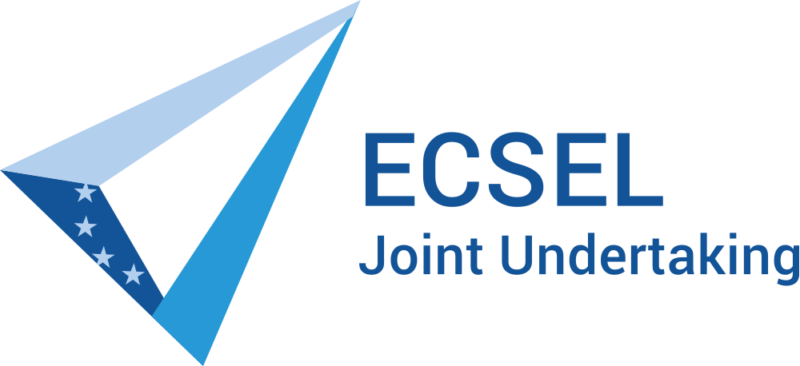Posted in Papers
Selin Solmaz, Georg Stettinger, Franz Wottawa
Abstract: Automated Vehicles (AVs) are designed to enhance road safety by utilizing Automated Driving Systems (ADS) that leverage behavioral competencies within the targeted Operational Design Domain (ODD). However, operation within the current ODD always carries a residual risk that must be kept within acceptable limits to ensure safe and robust operation. This paper proposes a system-level residual risk management strategy for ACC/LKA behavioral competencies, which comprises a receive- monitor-transmit concept for hierarchical monitoring functional- ities, a system-level residual risk management strategy, and fault injection campaigns to challenge the implemented multi-layer monitoring functionalities. The proposed strategy is implemented ACC/LKA-driven benchmark example, which demonstrates the efficient and effective handling of residual risks at the system level. The study concludes that targeted ODD and/or related behavioral competence reductions are a promising approach to maintaining the residual risk within acceptable limits. Index Terms—residual risk, operational design domain, be- haviour competence, monitoring, health status, fault-injection
Continue Reading
Posted in Papers
Franz Wotawa
Abstract: System monitoring is essential for detecting failures during operation and ensuring reliability. A monitoring system obtains observations and checks their consistency concerning requirements formalized as properties. However, finding property violations does not necessarily mean finding the causes. In this paper, we contribute to the latter and suggest introducing model-based diagnosis for root cause identification. We do this by adding information regarding the source of observations. Furthermore, we suggest implementing properties using ordinary programming languages from which we can obtain a formal model directly. Finally, we explain the process of integrating diagnosis into monitoring and show its value using a case study from the automotive domain.
Continue Reading
Posted in Papers
Xinhai Zhang, Jianbo Tao, Kaige Tan, Martin Törngren, Jose Manuel Gaspar Sanchez, Muhammad Rusyadi Ramli, Xin Tao, Magnus Gyllenhammar, Franz Wotawa, Member, Naveen Mohan, Member, Mihai Nica and Hermann Felbinger
Abstract: Scenario-based approaches have been receiving a huge amount of attention in research and engineering of automated driving systems. Due to the complexity and uncertainty of the driving environment, and the complexity of the driving task itself, the number of possible driving scenarios that an ADS or ADAS may encounter is virtually infinite. Therefore it is essential to be able to reason about the identification of scenarios and in particular critical ones that may impose unacceptable risk if not considered. Critical scenarios are particularly important to support design, verification and validation efforts, and as a basis for a safety case. In this paper, we present the results of a systematic literature review in the context of autonomous driving. The main contributions are: (i) introducing a comprehensive taxonomy for critical scenario identification methods; (ii) giving an overview of the state-of-the-art research based on the taxonomy encompassing 86 papers between 2017 and 2020; and (iii) identifying open issues and directions for further research. The provided taxonomy comprises three main perspectives encompassing the problem definition (the why), the solution (the methods to derive scenarios), and the assessment of the established scenarios. In addition, we discuss open research issues considering the perspectives of coverage, practicability, and scenario space explosion
Continue Reading
Posted in Papers
Kailin Tong; Selim Solmaz; Haris Sikic; Jakob Reckenzaun
Abstract: In this paper, a generic run-time risk evaluation methodology utilizing sensor status and data quality metrics is proposed. The suggested risk quantification method is then utilized as a basis for a run-time monitoring device (MonDev) concept for automated vehicles. The MonDev concept utilizes an aggregation function of a set of risk factors associated with each sensor. A data-driven SVM method is used to generate weighting factors in the aggregation function. The implementation of the MonDev concept and the corresponding results are demonstrated using two example use cases in a simulation framework.
Continue Reading
Posted in Papers
Sarah Haas, Selim Solmaz, Jakob Reckenzaun, Simon Genser
Abstract: A new dataset for automated driving, which is the subject matter of this paper, identifies and addresses a gap in existing similar perception datasets. While most state-of-the-art perception datasets primarily focus on the provision of various onboard sensor measurements along with the semantic information under various driving conditions, the provided information is often insufficient since the object list and position data provided include unknown and time-varying errors. The current paper and the associated dataset describe the first publicly available perception measurement data that include not only the on-board sensor information from the camera, Lidar, and radar with semantically classified objects but also the high precision ground-truth position measurements enabled by the accurate RTK-assisted GPS localization systems available on both the ego vehicle and the dynamic target objects. This paper provides insight on the capturing of the data, explicitly explaining the metadata structure and the content, as well as the potential application examples where it has been, and can potentially be, applied and implemented in relation to automated driving and environmental perception systems development, testing, and validation
Continue Reading




